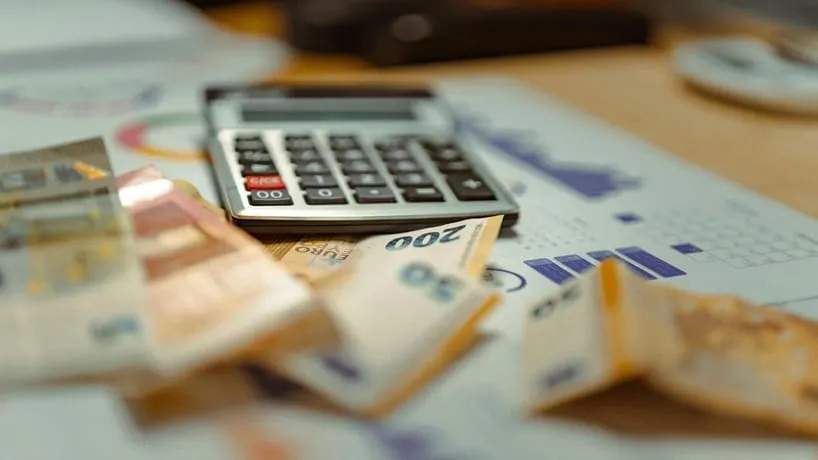Timing is everything when it comes to Goods and Services Tax (GST). The concept of the time of supply is one of the most crucial factors in ensuring proper tax compliance when GST is applied. As a tax consultant, accounting expert, and student, you have to master this concept.
This is the reason why most learners today have taken to enrolling in an income tax course online that frequently goes into detail on such concepts of GST as time of supply, which should make you law-abiding and, at the same time, confident.
This article will give answers to significant questions concerning the time of supply of services under GST that will help you to decode rules, exceptions, and practical examples.
What does “time of supply” mean under GST?
The time of supply is under GST the date on which goods or services are considered to supply. This date is significant because it marks the time when the GST liability is incurred. In the case of services, the rules have some variations to the case of the goods since the supply is intangible and there is a difference in the invoicing done.
The comprehension of time of supply is something that leads to payments of taxes at the appropriate time and also raising of invoices in the manner prescribed in GST. Full income tax course will teach this concept on practical business situations so that you are able to put it to practice.
How is the time of supply for services determined?
Under Section 13 of the CGST Act, 2017, the time of supply of services is the earliest of the following:
1. Date of issue of invoice, if the invoice is issued within the prescribed period (30 days from the date of supply).
2. Date of receipt of payment, whichever is earlier.
3. If the invoice is not issued within the prescribed time, then the date of service completion or payment, whichever is earlier.
Example:
If a service was completed on July 1 and the invoice was issued on July 5, with payment received on July 10, the time of supply will be July 5 (invoice date), as it’s earlier than the payment date.
What happens if payment is received in advance?
In the case of advance payments, the GST liability arises at the time of receipt of payment, even before the service is delivered or the invoice is issued. This can create complications in accounting, which are thoroughly covered in a well-structured income tax course.
What is the time of supply for reverse charge?
When services fall under the Reverse Charge Mechanism (RCM), the time of supply rules change:
- It is the earlier of:
1. Date of payment
2. 60 days from the date of issue of invoice by the supplier
If it’s not possible to determine the time using the above, the date of entry in the recipient’s books of account is used.
How do changes in GST rate affect time of supply?
If there’s a change in GST rates, the time of supply becomes even more critical to determine the applicable tax rate:
- If supply is before the rate change but the invoice/payment is after, or vice versa, specific rules apply to determine the applicable rate.
This complexity is best understood through examples, and that’s why an income tax course with a GST module becomes valuable for learners and professionals.
Why is it vital to know the time of supply is important?
1. Correct GST filing – Ensures accurate GST return filing for the correct period.
2. Avoid penalties – Prevents interest and late fees for delayed tax payment.
3. Audit-ready records – Maintains compliance with GST audits.
4. Cash flow planning – Helps in managing GST liabilities efficiently.
Are there special provisions for associated enterprises?
Yes. In case of associated enterprises, where the supplier is outside India:
- Time of supply is the earlier of the date of entry in the books of the recipient or the date of payment.
These special rules are essential for professionals handling international transactions, another key topic covered in a detailed income tax course.
Conclusion
Knowing when to compute your supply of services under GST is not just an exercise in technical understanding, but also a way to keep your business running smoothly, maintain accurate records, and file the correct taxes. The rules are multifaceted, and there are numerous exceptions; therefore, professional training can be highly beneficial.
Those seeking to acquire comprehensive knowledge of all areas related to GST and other forms of taxes should consider undertaking a detailed course on income taxes. Not only will you learn concepts, such as time of supply, but you will know how to apply them practically.


